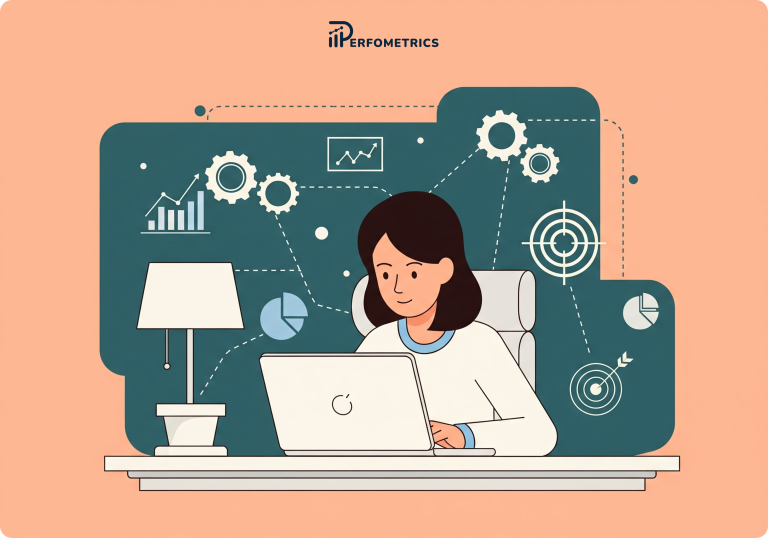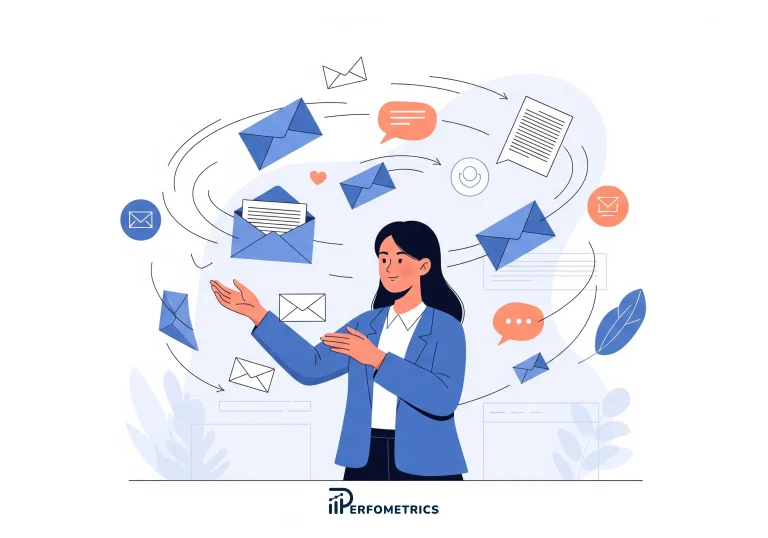Best Practices for Target CPA in Google Ads – Top 5 List
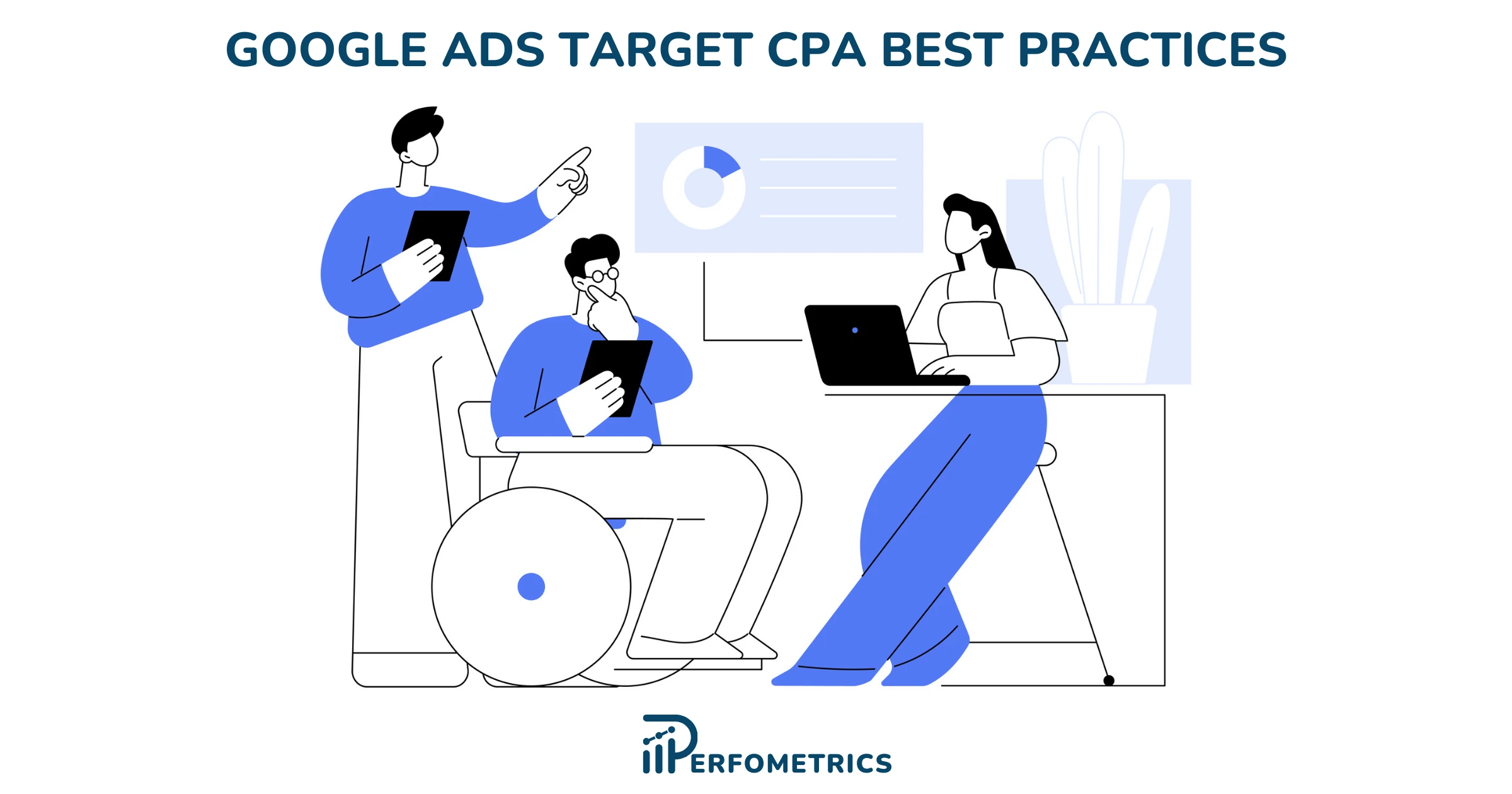
When using a fully automated bidding strategy in Google Ads, like target CPA, you lose a lot of control over the things you can do to manage the campaign.
Most of the work is done automatically behind the curtains by the algorithm and it leaves you with very little room to be part of it.
Best Practices for Target CPA in Google Ads
1. Set Up Conversion Tracking
This step is crucial to the success of your campaign using the target CPA. To put it simply, good conversion tracking in Google Ads is essential, if you are tracking the wrong conversion, you are optimizing and spending your budget for actions that won’t generate the results you aimed for.
- Check if your conversion tracking is set up properly and if you are tracking the right conversion action.
- Make sure you define in the settings what conversion action your campaign is going to optimize for.
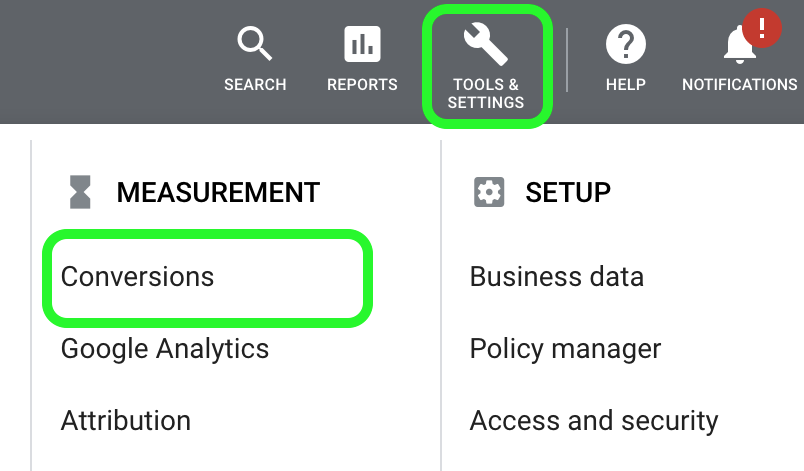

2. Start With the Correct Target CPA
When first starting out it can be hard to know exactly what target CPA to set for your campaign.
If your campaign has been running for a while with a different bidding strategy and you are switching to a target CPA strategy, then you can start with the recommended one by Google Ads. You can always adjust later according to the campaign’s performance and your marketing and business objectives.
If you are creating a new campaign, but you have other campaigns that have been running in the past you can check their performances and make some basic calculations for what your target CPA should be.
In the case you don’t have any data to calculate the target CPA, it may be better to start with a max conversions strategy or enhanced CPC bidding strategies until you generate your first conversions before switching to target CPA. Unlike Max Conversions, eCPC strategy allows you to better control your spending and then move up to target CPA once you have gathered enough data to be able to change strategies and set a target CPA.
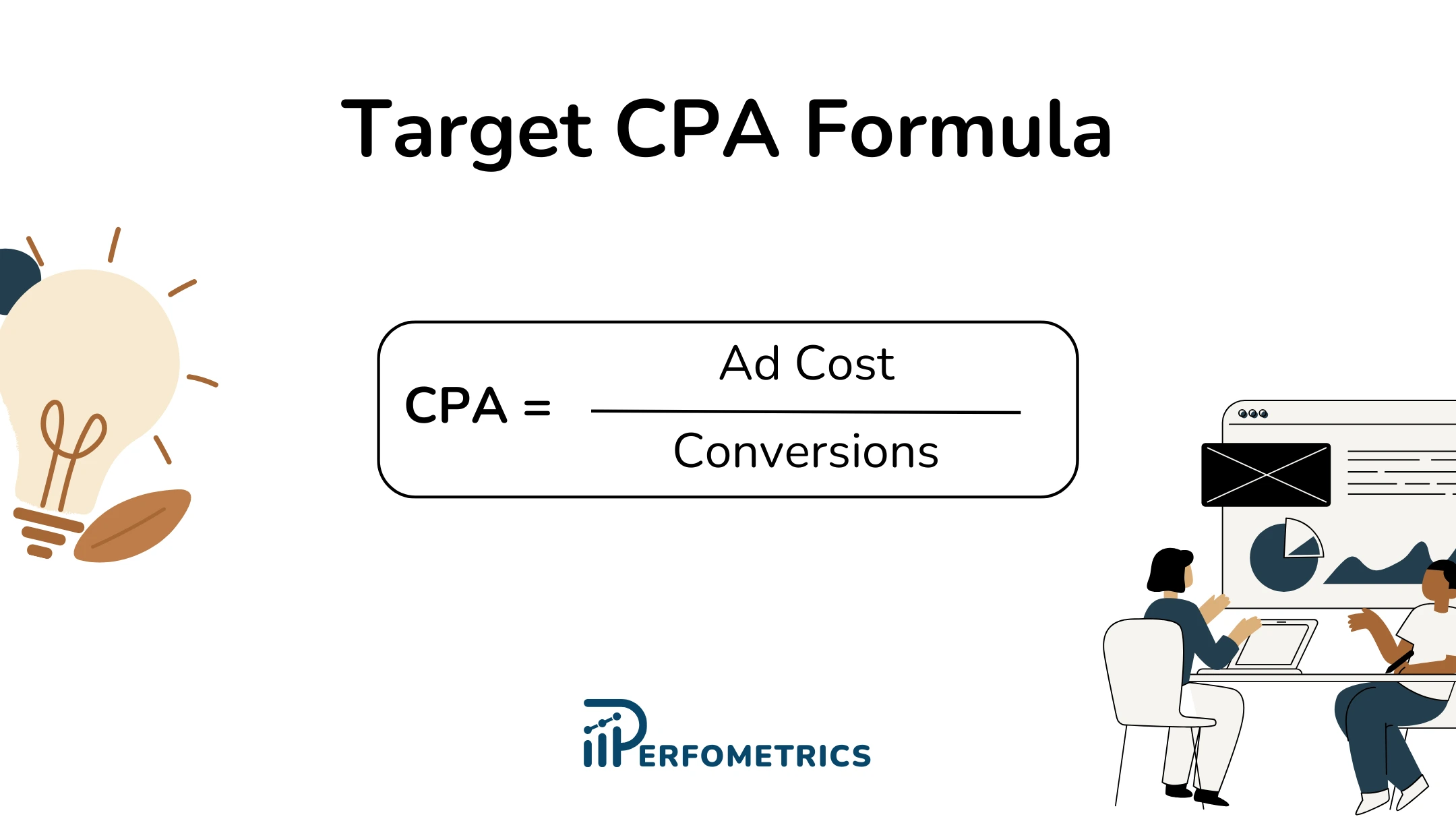
3. Give Time to the Algorithm
Once you’ve selected the target CPA strategy, your campaign will go through a “learning period” during which the algorithm will try to figure out what types of customers and behaviors will yield the best results.
This period may take a a few days or few week, depending on the overall data present in the Google Ads account. During this period the KPIs will fluctuate because the algorithm will be testing different combinations until it finds the most optimal one.
Some combinations will work better than others but don’t panic, so be patient, give it a few days, monitor the spending, and let it do its thing before making a decision if you are happy with the performance or not.
4. Avoid Big and Frequent Changes
After your campaign has been running for a while you’ll most probably look into making some adjustments to improve or sustain the performance. However, you need to be careful with the changes you plan on making because some of them may be big enough to set the campaign back to the learning period.
This is present across all automated bidding strategies. So, changes to the budget, the bidding strategy, the conversion actions, any big fluctuations in the budget, multiple changes in the settings of the campaign, and bulk changes with the keywords, ad groups, and/or audiences may set the campaign back to learning mode.
Note: When making changes to your campaign, even if they are small ones, some subtle shifts in the performance may occur, but the campaign should adjust quickly. So when making changes try to make small ones, not too frequently, and keep track of every change made.
5. Provide the Campaign with Sufficient Data
This is quite simple when the campaign is learning and testing, the more data it can get the faster it will learn and the better it will be.
If you limit the campaign too much with a small budget, the learning process may take a bit longer to complete. The same is applied when the campaign is no longer learning, small budgets can limit the campaign’s performance.
If you don’t have more budget, you may want to look into optimizing campaigns with Target CPA bidding strategy in Google Ads to maximize the existing budget and satisfy the needs of the campaign algorithm.
Our Final Thoughts
Google Ads target CPA is a powerful tool if you want to maximize conversions while keeping costs under control. However, it’s important to follow best practices to ensure that the algorithm can learn effectively and deliver optimal results.
By ensuring proper conversion tracking, setting a realistic target CPA, allowing the algorithm time to learn, avoiding frequent or drastic changes, and prioritizing data collection, you can harness the power of Target CPA bidding to achieve your advertising goals.
- Accurate Conversion Tracking: Ensure proper conversion tracking to guide the algorithm towards the right actions.
- Set Realistic Target CPA: Base your target CPA on historical data or start with Google Ads’ recommendation.
- Patience is Key: Give the algorithm time to learn and optimize, fluctuations are normal during this period.
- Modulate Changes Prudently: Avoid drastic or frequent changes that can disrupt the learning process.
- Feed the Algorithm with Data: Provide sufficient data to accelerate learning and enhance performance.


